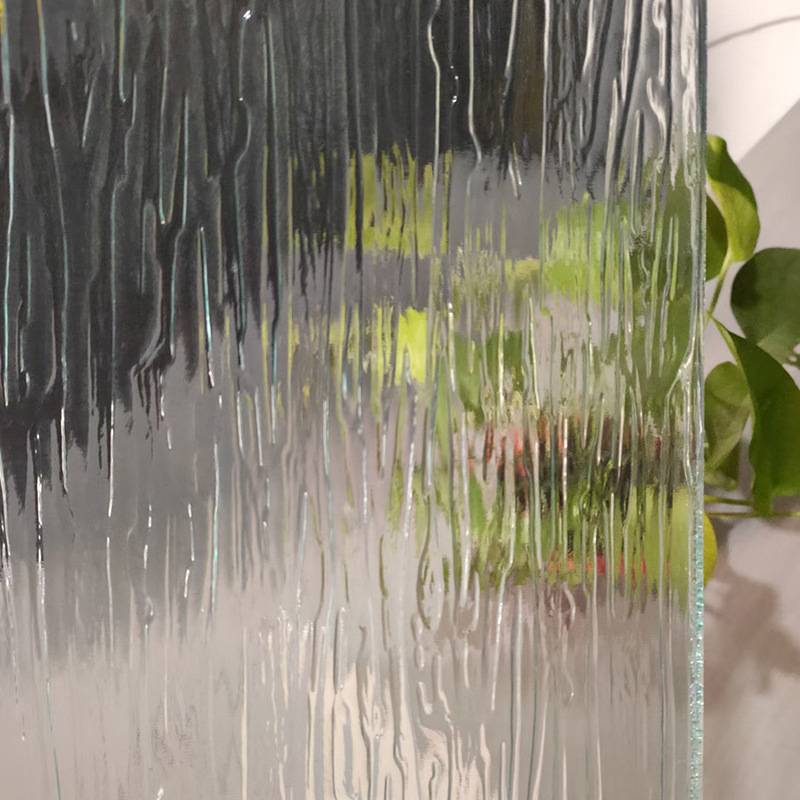The Sheet Glass Process A Comprehensive Overview
Sheet glass is a fundamental material used in a vast array of applications, from architectural structures to automotive glazing. The process of creating sheet glass is a fine balance between art and science, involving several detailed steps that ensure the final product meets rigorous quality standards. This article aims to provide a comprehensive overview of the sheet glass manufacturing process, exploring the techniques, technologies, and innovations that define it.
Raw Materials
The production of sheet glass begins with the sourcing of raw materials. The primary ingredients include silica sand, soda ash, and limestone. Silica sand acts as the primary glass former, providing the essential structure, while soda ash lowers the melting point of silica, making the glass easier to process. Limestone acts as a stabilizer, ensuring that the glass maintains its integrity and durability over time. Additional materials, such as alumina and various coloring agents, may also be incorporated to achieve specific optical properties or enhance performance characteristics.
Melting
Once the raw materials are gathered, they undergo a melting process in large furnaces. The mixture of raw materials is heated to temperatures exceeding 1700 degrees Celsius (3100 degrees Fahrenheit) until they fuse into a molten glass. This stage is critical, as any contamination or inconsistency in temperature can adversely affect the quality of the glass. State-of-the-art furnaces equipped with energy-efficient technologies are increasingly used to optimize energy consumption and reduce environmental impact.
Forming
After the glass is melted, it must be formed into sheets. The float glass process is the most common technique for production. In this method, molten glass is floated on top of molten tin, forming a smooth, flat surface. The glass spreads out as it floats, achieving uniform thickness and high optical clarity. This technique allows for the creation of large sheets of glass, which can vary in thickness from a few millimeters to several centimeters.
Alternatively, other forming methods, such as roller or pressed glass techniques, can be employed depending on the desired final product. These methods may be used to produce patterned or textured glass, adding aesthetic value while maintaining structural integrity.
sheet glass process
Annealing
Once formed, the glass can be prone to internal stresses caused by uneven cooling or irregularities in thickness. To alleviate these stresses and ensure the glass's strength, it undergoes an annealing process in a controlled cooling chamber. This step helps to equalize the temperature throughout the sheet, thus enhancing its durability and resistance to breakage.
Surface Treatment
After annealing, the glass may undergo various surface treatments to improve its properties. These can include coating for UV protection, anti-reflective finishes, or even laminating to enhance safety and security. Such treatments not only enhance the functional performance of the glass but can also add to its aesthetic appeal, making it suitable for diverse applications.
Quality Control
Finally, rigorous quality control measures are implemented throughout the manufacturing process. Visual inspections, measurements of thickness and flatness, and tests for durability ensure that the final product meets industry standards. Advanced technologies, such as automated inspection systems, play a crucial role in maintaining consistent quality and reducing waste.
Conclusion
The sheet glass manufacturing process is a sophisticated blend of raw material science, advanced engineering, and quality control. From the melting of raw materials to the final surface treatments, each step is essential in producing high-quality glass sheets that meet the demands of diverse applications. With ongoing advancements in technology and sustainable practices, the future of sheet glass production promises to be even more efficient and environmentally friendly, further expanding its potential uses in our daily lives.
 Afrikaans
Afrikaans  Albanian
Albanian  Amharic
Amharic  Arabic
Arabic  Armenian
Armenian  Azerbaijani
Azerbaijani  Basque
Basque  Belarusian
Belarusian  Bengali
Bengali  Bosnian
Bosnian  Bulgarian
Bulgarian  Catalan
Catalan  Cebuano
Cebuano  Corsican
Corsican  Croatian
Croatian  Czech
Czech  Danish
Danish  Dutch
Dutch  English
English  Esperanto
Esperanto  Estonian
Estonian  Finnish
Finnish  French
French  Frisian
Frisian  Galician
Galician  Georgian
Georgian  German
German  Greek
Greek  Gujarati
Gujarati  Haitian Creole
Haitian Creole  hausa
hausa  hawaiian
hawaiian  Hebrew
Hebrew  Hindi
Hindi  Miao
Miao  Hungarian
Hungarian  Icelandic
Icelandic  igbo
igbo  Indonesian
Indonesian  irish
irish  Italian
Italian  Japanese
Japanese  Javanese
Javanese  Kannada
Kannada  kazakh
kazakh  Khmer
Khmer  Rwandese
Rwandese  Korean
Korean  Kurdish
Kurdish  Kyrgyz
Kyrgyz  Lao
Lao  Latin
Latin  Latvian
Latvian  Lithuanian
Lithuanian  Luxembourgish
Luxembourgish  Macedonian
Macedonian  Malgashi
Malgashi  Malay
Malay  Malayalam
Malayalam  Maltese
Maltese  Maori
Maori  Marathi
Marathi  Mongolian
Mongolian  Myanmar
Myanmar  Nepali
Nepali  Norwegian
Norwegian  Norwegian
Norwegian  Occitan
Occitan  Pashto
Pashto  Persian
Persian  Polish
Polish  Portuguese
Portuguese  Punjabi
Punjabi  Romanian
Romanian  Russian
Russian  Samoan
Samoan  Scottish Gaelic
Scottish Gaelic  Serbian
Serbian  Sesotho
Sesotho  Shona
Shona  Sindhi
Sindhi  Sinhala
Sinhala  Slovak
Slovak  Slovenian
Slovenian  Somali
Somali  Spanish
Spanish  Sundanese
Sundanese  Swahili
Swahili  Swedish
Swedish  Tagalog
Tagalog  Tajik
Tajik  Tamil
Tamil  Tatar
Tatar  Telugu
Telugu  Thai
Thai  Turkish
Turkish  Turkmen
Turkmen  Ukrainian
Ukrainian  Urdu
Urdu  Uighur
Uighur  Uzbek
Uzbek  Vietnamese
Vietnamese  Welsh
Welsh  Bantu
Bantu  Yiddish
Yiddish  Yoruba
Yoruba  Zulu
Zulu 

